Description
What types of finished surfaces can be varnished?
Varnishes work well with oil and acrylic because the paint films are relatively thick and separate from the surface.
Varnishes do not work well with gouache, watercolour and drawings, because they will be absorbed by the paint and/or paper, becoming an integral part of the picture. This could cause discolouration. Additionally, varnish on drawings and gouache or watercolour works cannot be removed.
Tips on how to use Winsor & Newton aerosol varnishes (and precent clogged nozzles):
- Try not to store aerosols below 15C (59F). If they have been stored around this temperature do not use them until they come up to room temperature again. This is because all aerosols contain a mix of product and propellant and at lower temperatures, the products want to “drop out of solution”. If this happens they could either block the nozzle or come out in blobs and fall on your work.
- Always shake the container vigorously before use to ensure the contents are homogenous.
- Always hold the container upside down and spray for a couple of seconds. This will send a spray of propellant only out of the nozzle and clear it. Always do this at the end of use as well, to clear the nozzle of material build-up.
- Be careful if using the container extensively over a short period, as the contents’ temperature will drop with a potential for the product to drop out of solution. This applies to all aerosols but is only likely to be noticed during extensive use.
- Always spray with the can almost vertical and allow the contents to “cascade” onto the work.
- When spraying, the can should be held at least 25-30cm (10-12 inches) away from the work.
- Mount the work on a support that you don’t mind spoiling and spray side to side beyond the extremities of the work to ensure full coverage.
- For porous, unprimed surfaces such as card, canvas, hardboard or plaster, apply a thin layer of gloss varnish before using any matt or satin varnish.

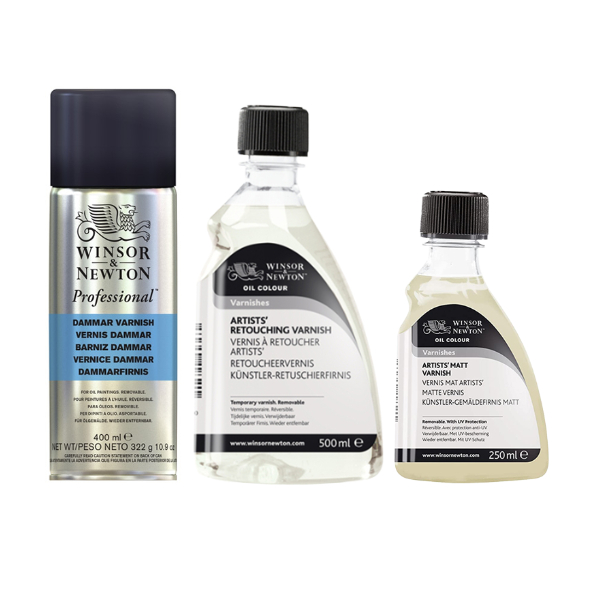

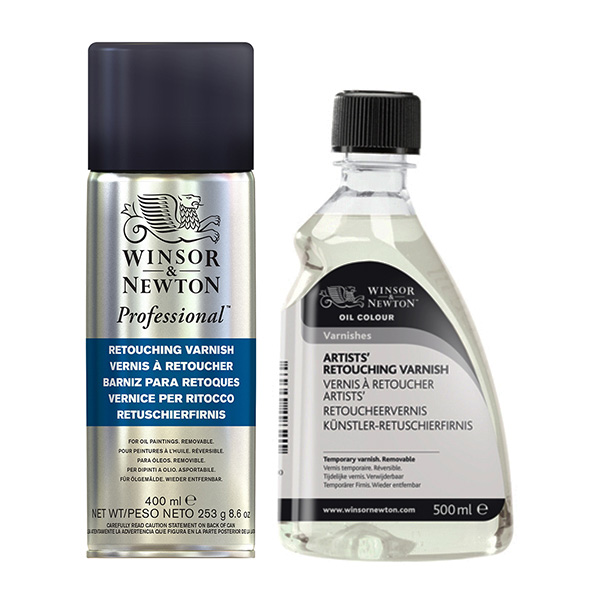
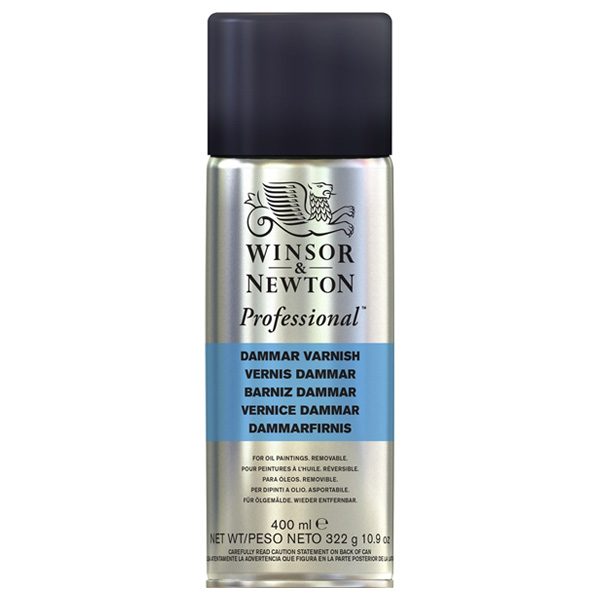
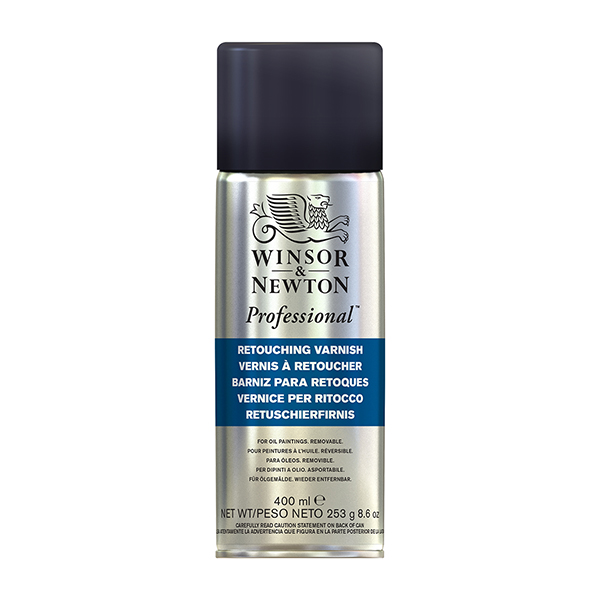
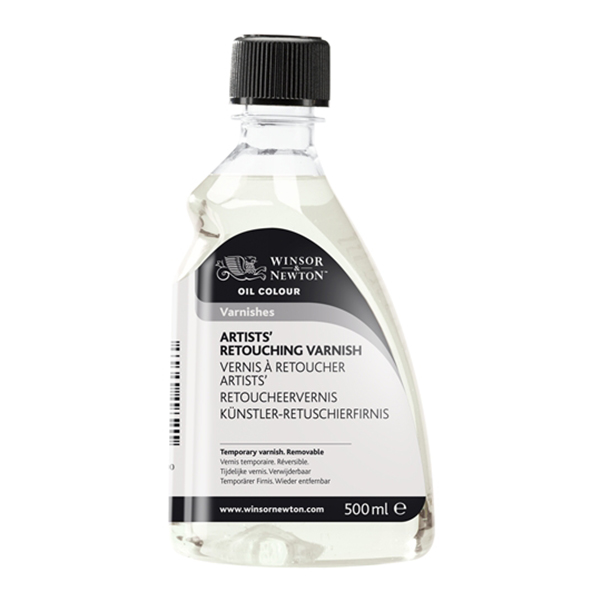

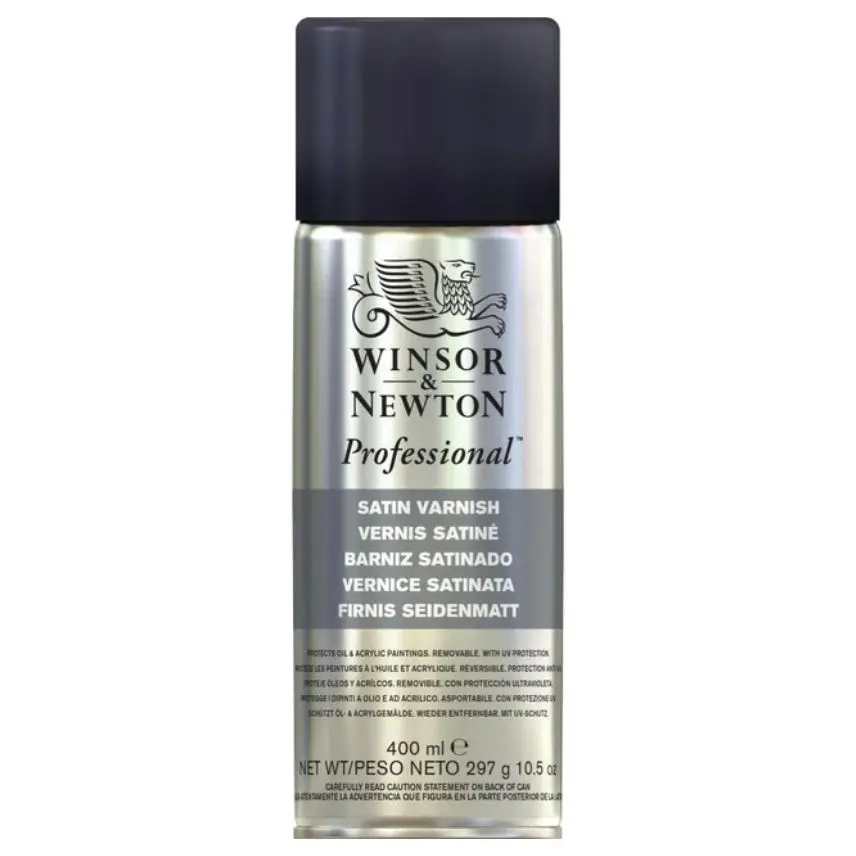
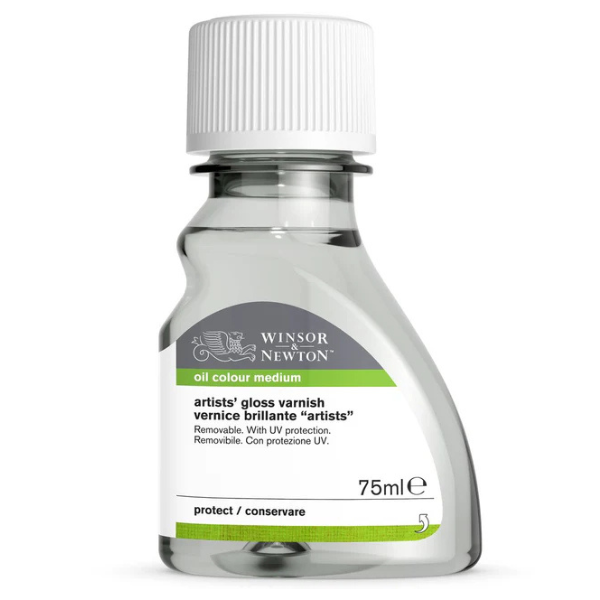
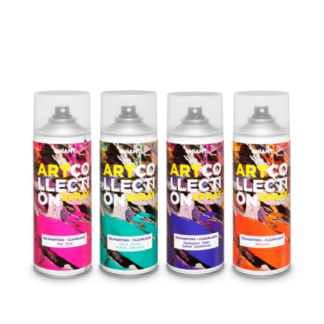
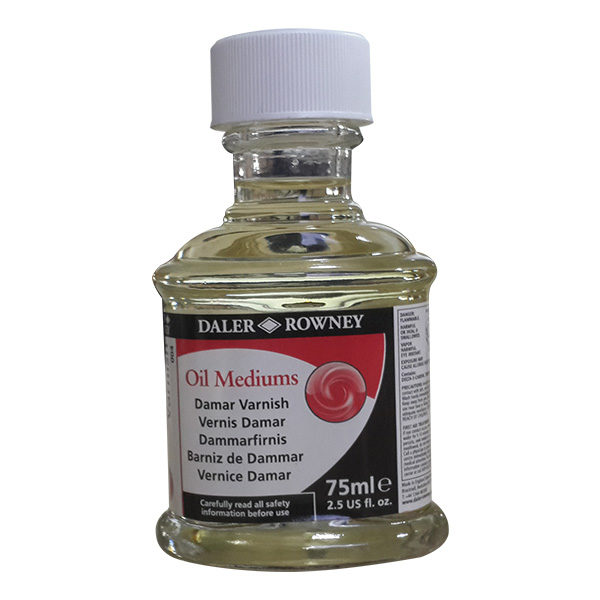
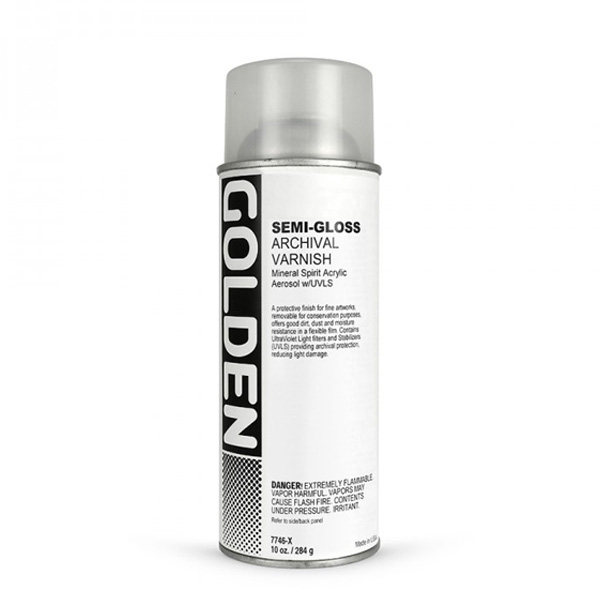
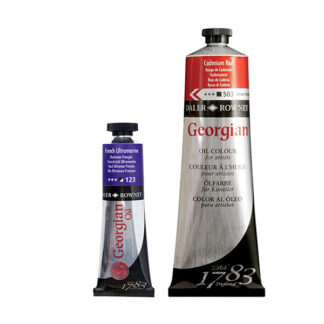
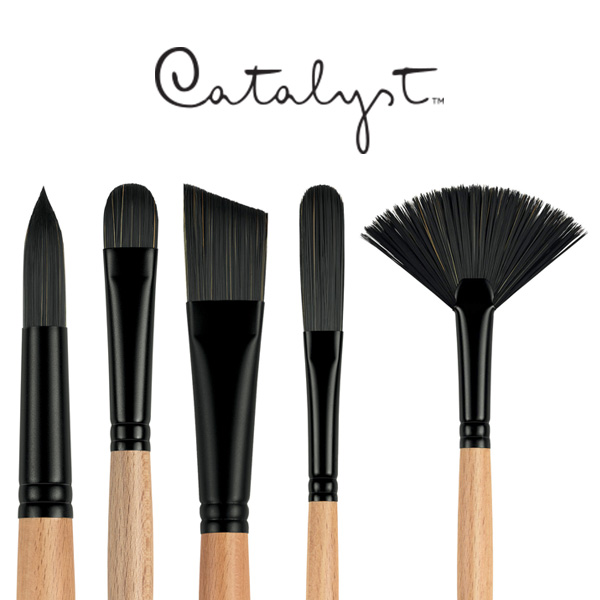
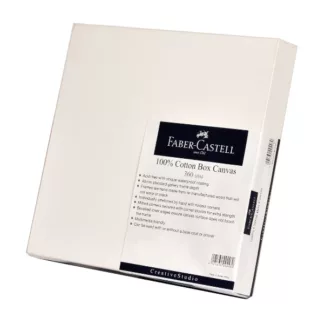
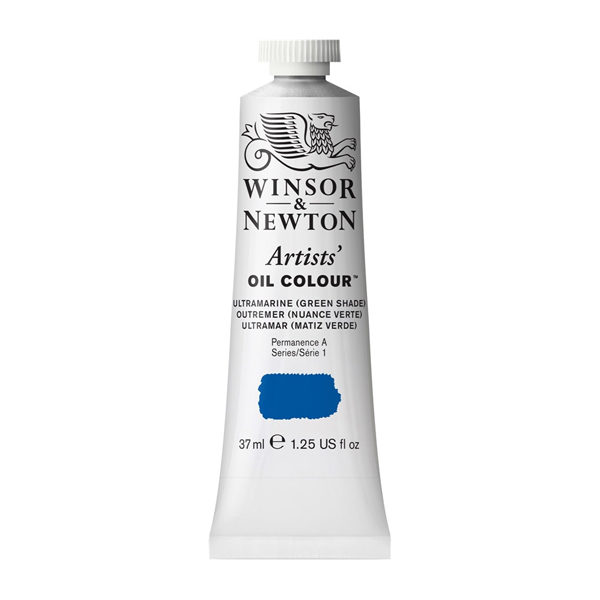
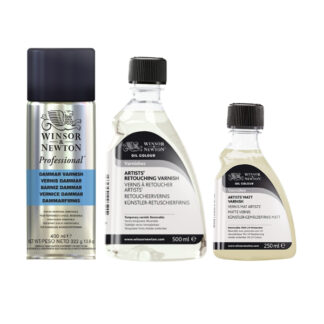
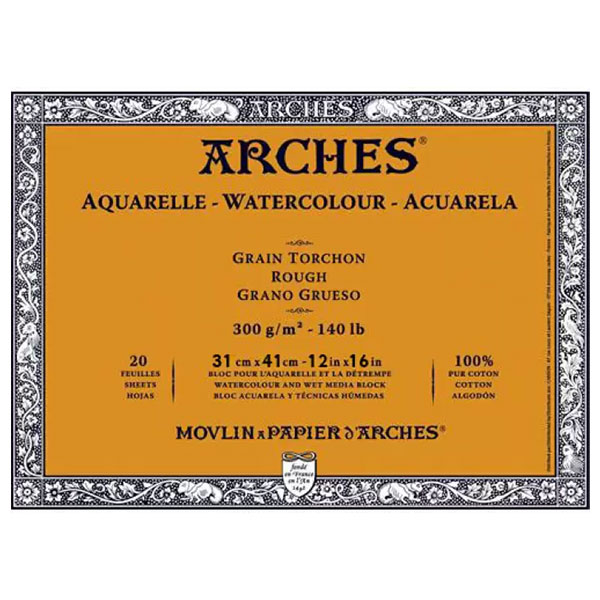
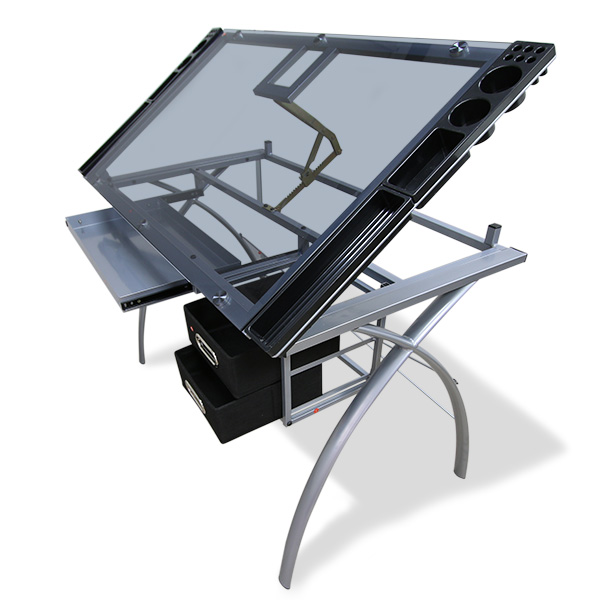
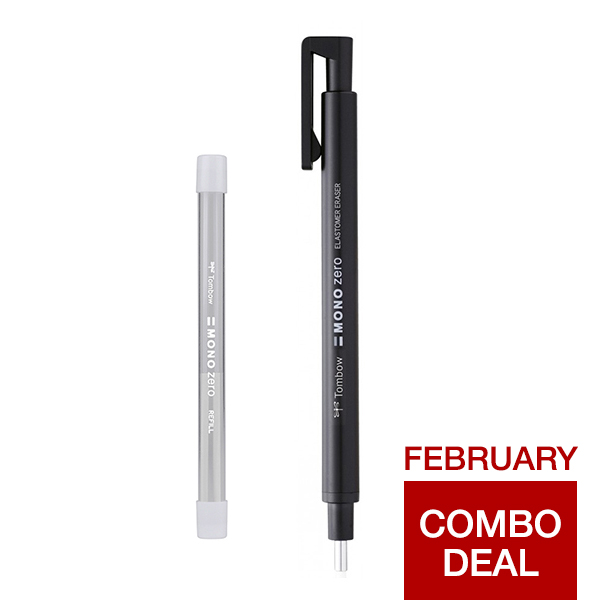
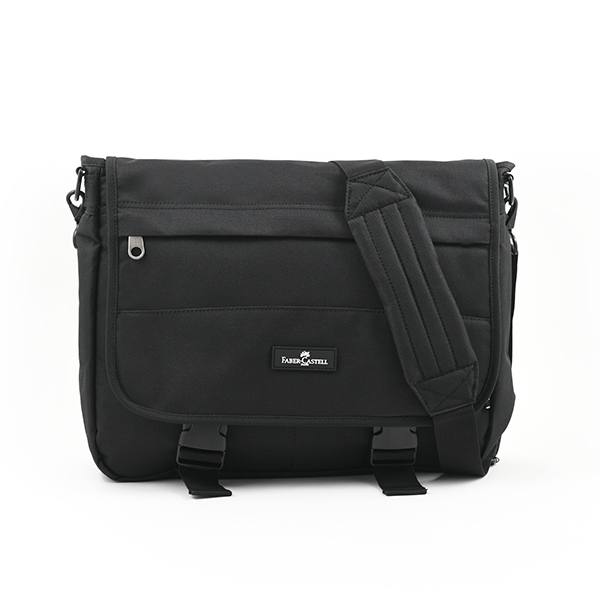

Reviews
There are no reviews yet.